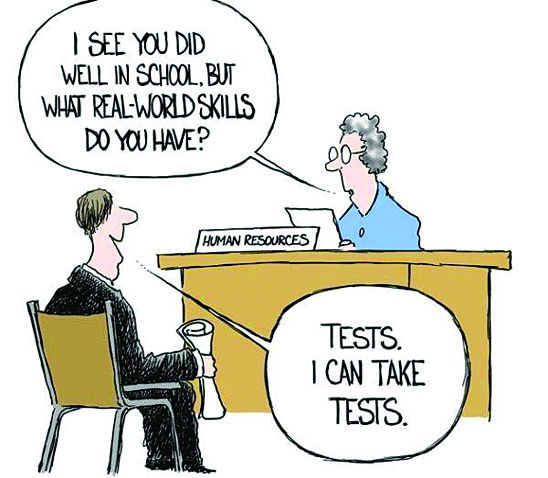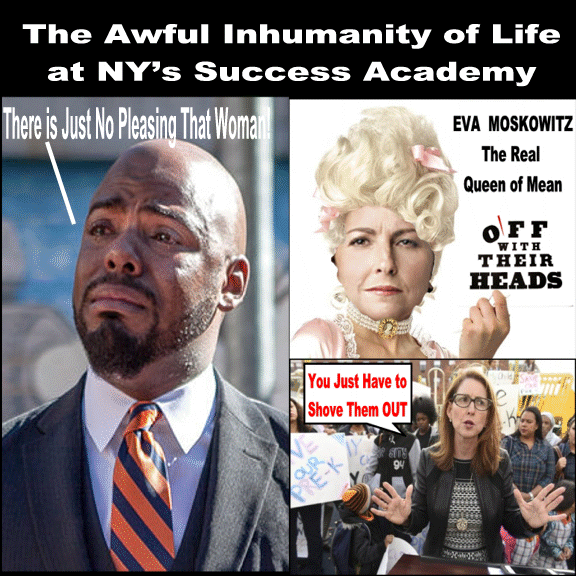1619
When I was a junior in HS, my American History teacher was in a serious car accident in the fall, and did not return to teaching. This was 1967, and Social Studies teachers weren’t thick on the ground. The situation was personally worrisome: I had somehow persuaded this history teacher to let me take his required class as an ‘Independent Study’ so I could take both band and choir (which were infinitely more important to me than American History).
As rounds of fill-in teachers appeared, I was basically living in fear that my arrangement with Mr. Gilbert would be uncovered. He apparently left no record that I was even part of his class load. I might have to drop out of the choir—and I loved the choir—being coerced to return to conventional, one-chapter-a-week-test-on-Friday American History. It could go on my permanent record, or something.
Then fate smiled. My school district hired a young, spanking-new graduate of Western Michigan University, in December. She was cool with my studying American History on my own, added my name to the official grade book, and offered me her college history texts. Assignments would be short papers—and conversations with her. She recommended paperbacks I might enjoy.
In one of those conversations, I mentioned that her college Am-Hist textbooks presented things differently from our HS text. Things like the smallpox-infested blankets and how Andrew Jackson might not be a totally upright guy.
She smiled her praise. Good work, she said. You now understand that the people who CONTINUE READING: 1619 | Teacher in a strange land




































